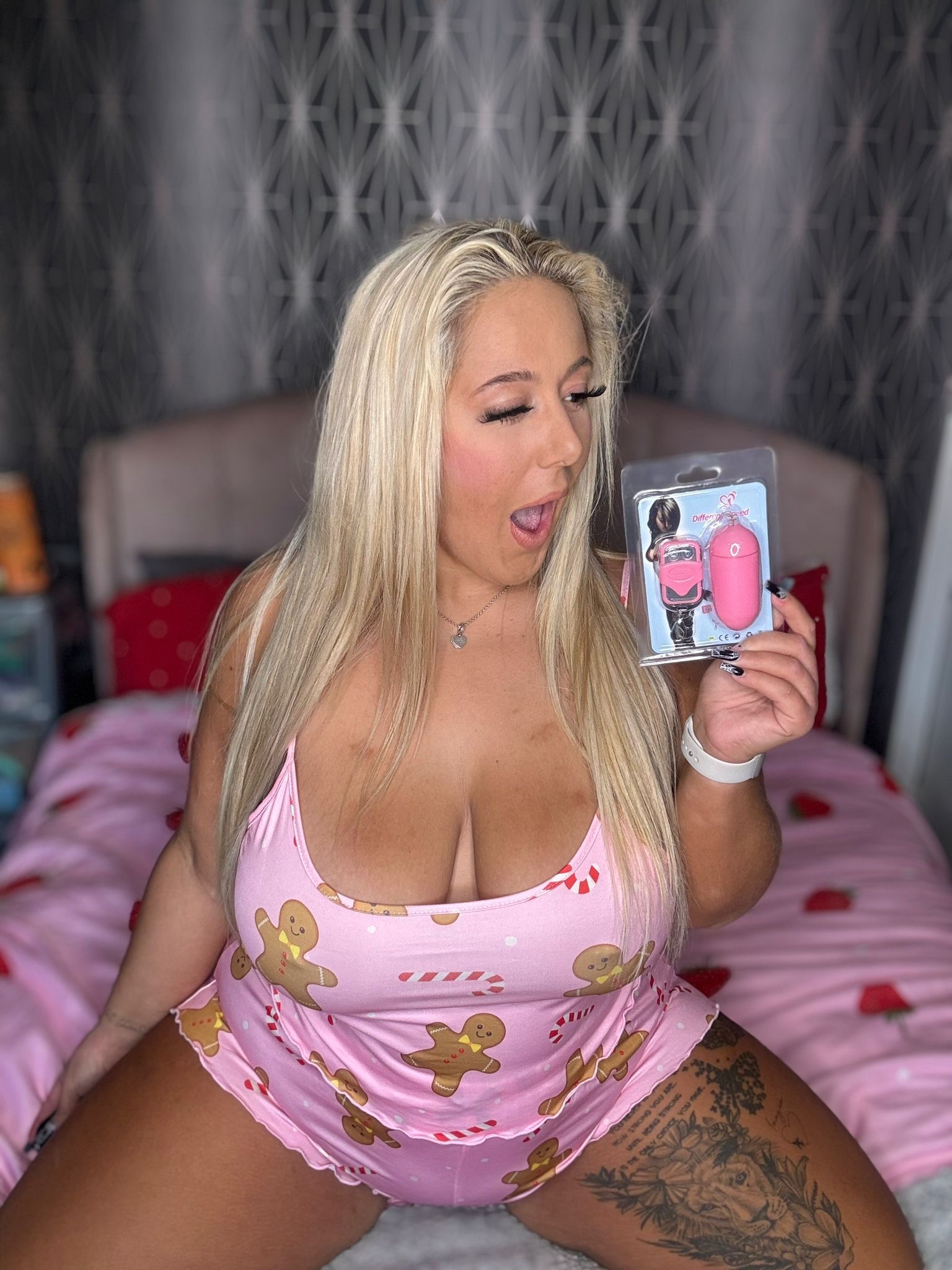Defining Queerplatonic Relationships More Than Friends, But Not Romantic

Queerplatonic relationships (QPRs) are intimate, emotionally fulfilling connections that fall outside the traditional boundaries of romantic relationships and friendships.
They offer a space for deep connection, care, and love without the expectation or pressure of romantic exclusivity, physical intimacy, or societal norms associated with either friendship or romance.
The term “queerplatonic” emphasizes its intentional departure from heteronormative relationship structures, welcoming individuals across all gender identities and sexual orientations.
While QPRs share aspects with both friendships and romantic relationships, they possess unique characteristics that distinguish them:
Depth of Connection: QPRs often involve a profound level of emotional intimacy, vulnerability, and shared experiences comparable to romantic relationships.

Emotional Commitment: Both partners typically prioritize the relationship, making an active effort to nurture it and meet each other’s needs emotionally. This commitment may involve open communication, active listening, and mutual support.
Exclusivity:** While not always exclusive, QPRs often feature a level of exclusivity that differentiates them from casual friendships.
Intimacy: Physical intimacy can vary greatly within QPRs. Some couples engage in physical touch and sexual activity, while others choose to maintain platonic boundaries. The nature of physical intimacy is determined by the mutual agreement and comfort levels of both individuals.
Relationship Labels:** QPRs encourage open communication about relationship expectations and preferences, leading to diverse labels that reflect the unique dynamics of each connection. Some common terms include “platonic life partners,” “queer spouses,” or simply “QPR.”

It’s important to remember that QPRs are fluid and can evolve over time. The specific characteristics and dynamics can vary significantly from couple to couple, reflecting the unique needs and desires of each individual involved.
Ultimately, the definition of a QPR lies in the shared understanding and agreement between the individuals involved, creating a space for authentic connection and love outside conventional relationship norms.
Distinguishing Features: QPR vs Friendship Emotional Intimacy and Commitment
Queerplatonic relationships (QPRs) are a distinct form of intimate connection that exists outside the traditional boundaries of romantic relationships and friendships. They emphasize emotional intimacy, commitment, and shared values without necessarily involving sexual or romantic attraction.
One key distinguishing feature of QPRs is the depth of emotional intimacy they foster. Like friendships, they involve trust, vulnerability, and a sense of belonging. However, QPRs often cultivate a level of emotional closeness that surpasses typical friendship dynamics. This can include shared dreams, aspirations, and deep conversations about personal experiences and feelings.
Commitment is another crucial element in defining QPRs. While friendships are based on mutual care and support, QPRs often involve a more formalized commitment, similar to romantic relationships. This might manifest as publicly identifying the relationship, making future plans together, or agreeing upon certain expectations and boundaries.
Shared values and goals play a significant role in shaping both friendships and QPRs. However, in QPRs, these shared elements tend to be even more central to the bond. QPR partners often align on fundamental beliefs, life philosophies, and aspirations, creating a strong foundation for mutual understanding and support.
It’s important to note that while QPRs share some similarities with friendships, they are ultimately a unique relationship dynamic that offers an alternative model of intimacy and commitment outside the confines of traditional romantic relationships.
Queerplatonic relationships (QPRs) are romantic-like connections that exist outside of traditional, sexualized romantic partnerships. While they share similarities with friendships, QPRs emphasize emotional intimacy and commitment on a deeper level.
Emotional intimacy in a QPR is characterized by vulnerability, open communication, trust, and a strong sense of shared values and experiences. Individuals in a QPR may confide deeply personal thoughts and feelings, express their needs and desires openly, and feel a profound sense of understanding and acceptance from their partner.
Commitment in a QPR is typically defined as a conscious decision to prioritize the relationship and cultivate it over time. It involves mutual respect, loyalty, and a willingness to navigate challenges together. Unlike friendships where commitment may be fluid, QPRs often involve a more formalized understanding of the relationship’s boundaries and expectations.
Physical affection and expression in QPRs can vary greatly depending on the individuals involved and their comfort levels. Some QPRs involve physical touch and intimacy, while others focus on non-physical expressions of love and care.
The key distinction between QPRs and friendships lies in the depth of emotional intimacy and commitment. While close friends can share a high level of trust and understanding, QPRs typically involve a more profound emotional connection, akin to that found in romantic relationships but without the sexual component.
It’s important to note that QPRs are not simply friendships with labels; they represent a unique and valid form of gay chastity game relationship that fulfills the need for intimacy, commitment, and support outside of traditional romantic norms.
Navigating the Spectrum
Navigating the spectrum of relationships can be complex, especially when considering the nuances of queerplatonic relationships (QPRs). While often compared to friendships, QPRs hold a distinct place on the relationship spectrum, characterized by intimacy, emotional connection, and commitment that often extends beyond traditional platonic bounds.
Understanding different types of QPRs is crucial for clarity and personal growth. Not all QPRs are created equal; they exist on a spectrum, mirroring the diverse nature of human relationships.
One common distinction lies between romantic and non-romantic QPRs. Romantic QPRs involve feelings of love and desire, often accompanied by physical intimacy. These relationships might resemble a romantic partnership but lack the societal expectations and labels associated with traditional dating or marriage.
Non-romantic QPRs, on the other hand, are built primarily on deep emotional connection, shared values, and mutual support. While romance may not be present, these relationships can be just as fulfilling and meaningful, offering a sense of belonging and companionship without the pressure of romantic expectations.
Within these broader categories, further variations exist. Some QPRs might be “soliterary,” meaning they involve a single person who desires a deep, committed bond but doesn’t seek multiple partners or traditional relationship structures. Others might be “polyamorous,” embracing multiple QPRs simultaneously with the consent and knowledge of all involved parties.
Defining boundaries and communication are crucial for healthy QPRs, just as they are in any close relationship. Openly discussing expectations, needs, and desires ensures that everyone feels heard and respected, fostering a secure and fulfilling connection.
Ultimately, understanding the spectrum of QPRs allows individuals to explore diverse relationship models that align with their values and aspirations. It embraces the fluidity of human connection, recognizing that love and intimacy can take many forms beyond traditional definitions.
Queerplatonic relationships are intimate, committed connections that exist outside of traditional romantic expectations.
They can involve deep emotional intimacy, shared experiences, and mutual support, much like romantic relationships, but without the inherent expectation of sexual or physical intimacy.
Understanding queerplatonic relationships requires navigating a spectrum of intensities and expressions, respecting individual boundaries, and fostering open communication.
Navigating the Spectrum
Queerplatonic relationships exist on a spectrum, encompassing various levels of intimacy and commitment:
-
Casual Queerplatonicity: This involves close friendships with a heightened sense of emotional connection and shared experiences. There may be affectionate gestures but no expectations of exclusivity or deep, ongoing commitment.
-
Close Queerplatonic Partnerships: These relationships resemble committed partnerships, involving mutual dependence, shared goals, and deeper emotional intimacy. They often involve public displays of affection and a strong sense of belonging together.
Respecting Boundaries
As with any relationship, clear boundaries are essential for healthy queerplatonic connections:
-
Define Your Needs: Openly communicate your expectations regarding emotional intimacy, time commitment, and physical touch.
-
Respect Their Boundaries: Listen attentively to your partner’s needs and respect their limits, even if they differ from yours.
-
Revisit Boundaries Regularly: Relationships evolve, so check in with each other periodically to ensure boundaries are still aligned.
Communication
Honesty and open communication are vital for building trust and understanding:
-
Share Your Feelings: Express your emotions openly and honestly, allowing your partner to understand your needs and perspectives.
-
Actively Listen: Pay attention to your partner’s words and nonverbal cues to gain a deeper understanding of their thoughts and feelings.
-
Seek Clarity When Needed: Don’t hesitate to ask questions or clarify any misunderstandings to avoid assumptions and hurt feelings.
By embracing these principles, individuals can navigate the complexities of queerplatonic relationships with authenticity, respect, and deep connection.
Catch the entire blog here
Catch the blog’s message in full
- Jaw Fillers For A Defined Jawline Near Blackheath, Surrey - September 28, 2025
- Gummy Smile Treatment – Gum Contouring Near Limpsfield, Surrey - September 27, 2025
- Filler For Sagging Jowls In Egham, Surrey - September 27, 2025
